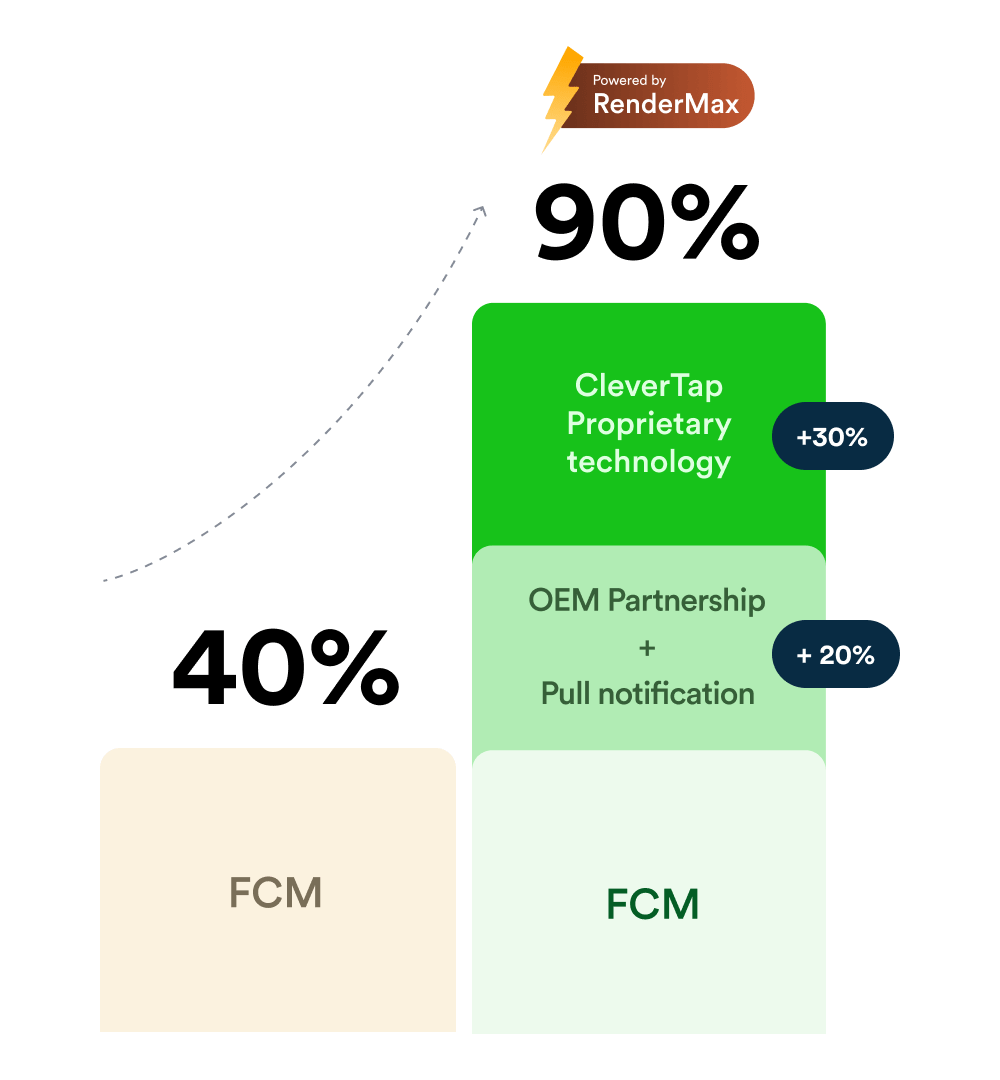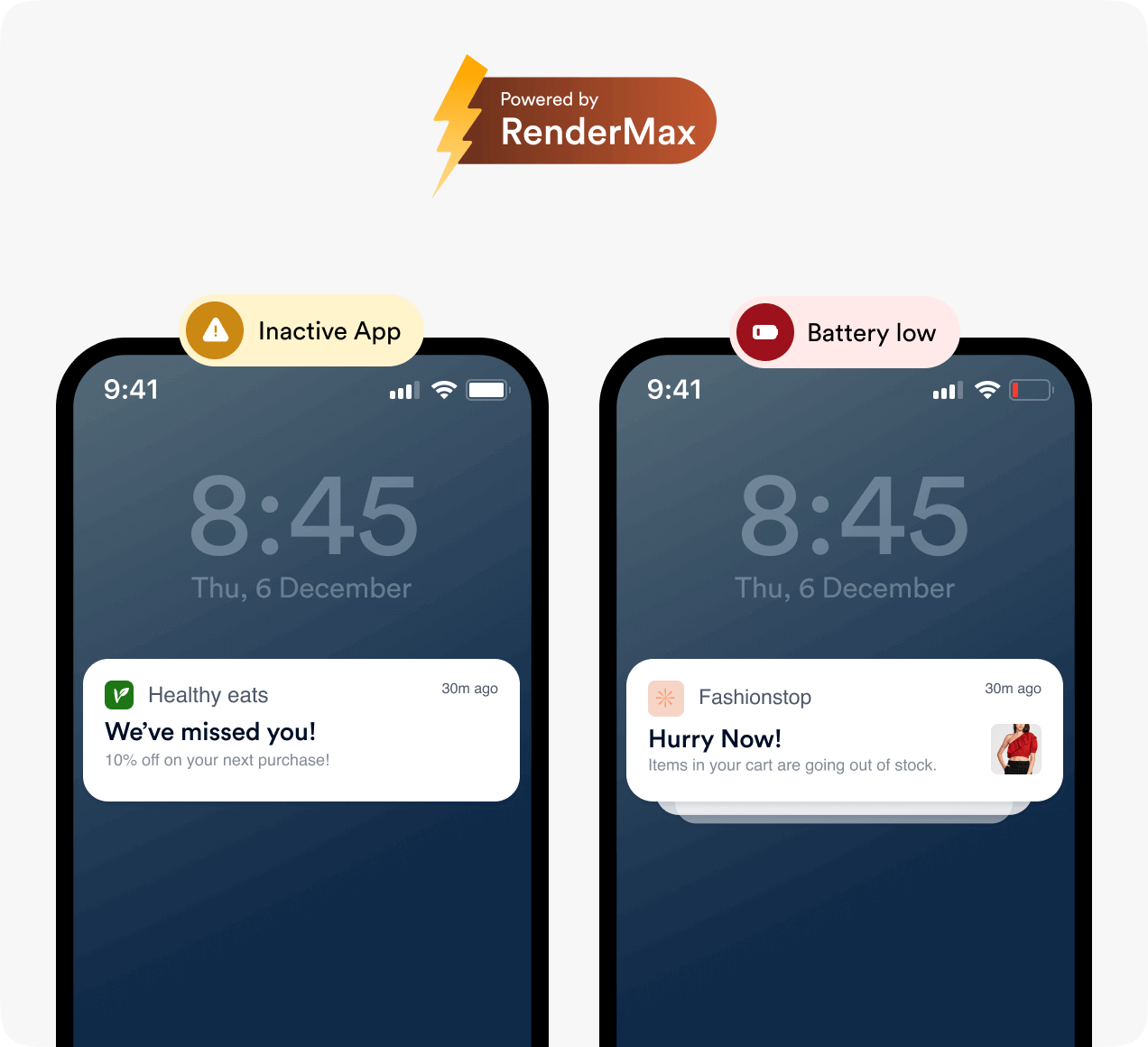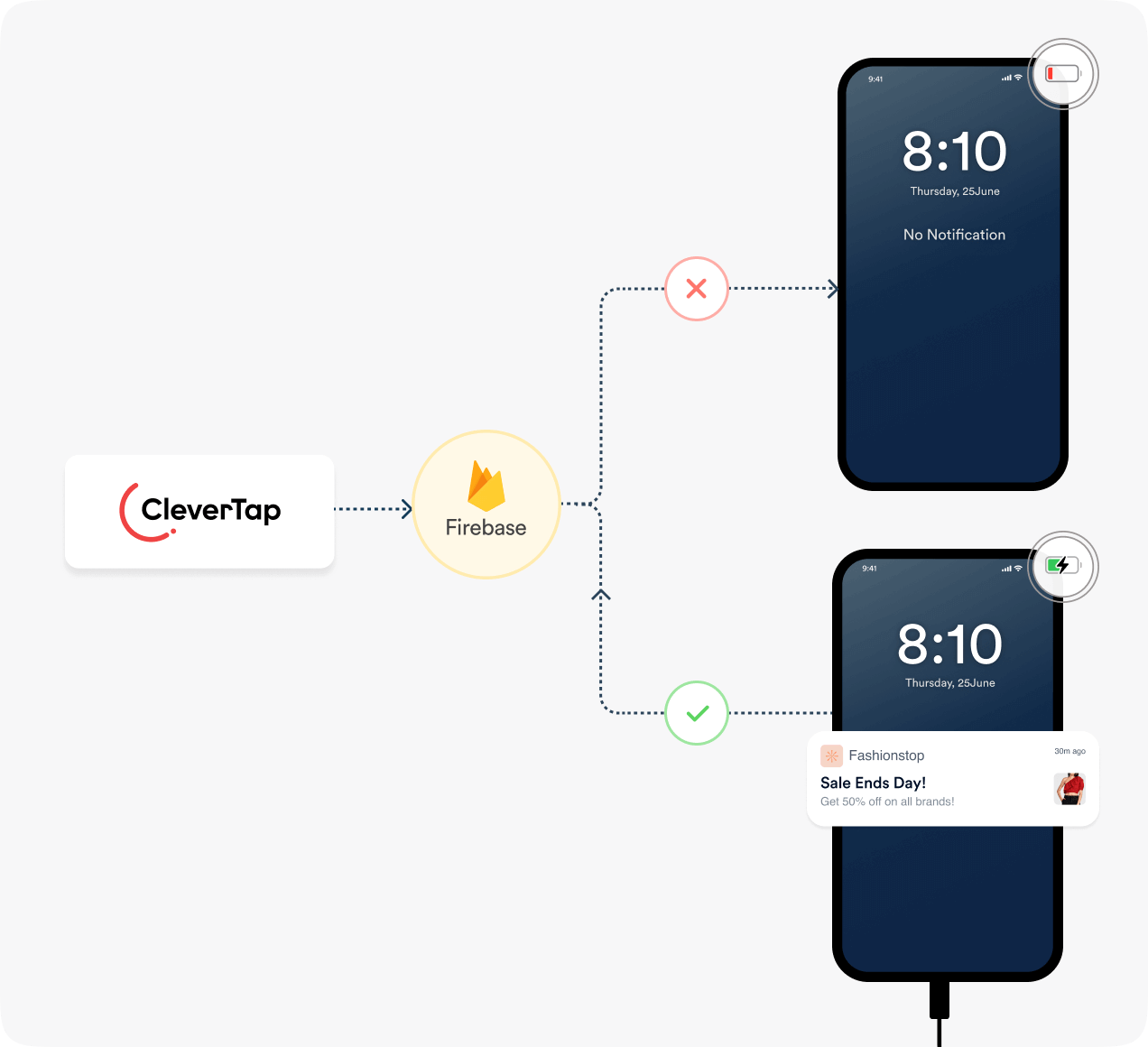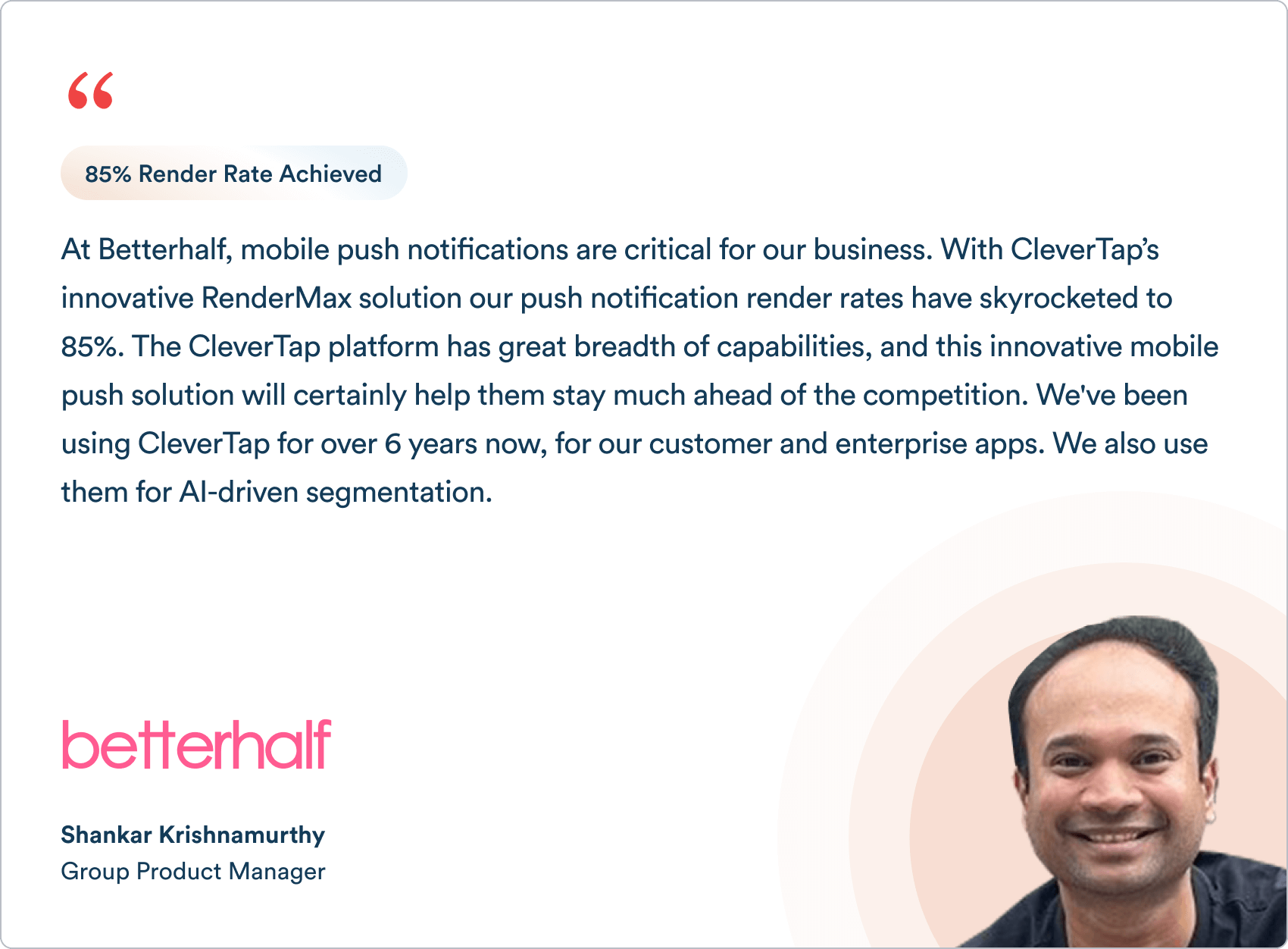Push notifications have become an integral component of modern mobile app marketing strategies, with businesses worldwide leveraging their power to engage and retain users. Studies* show that push notifications can increase 90-day app retention by 190% for companies that aren’t already sending them.
Initially, push services were provided solely by FCM and APNS. However, with the increasing market share of Chinese OEM devices, Xiaomi, Huawei, and Baidu introduced their own push services to deliver a more optimized user experience on their devices. Xiaomi, the third most popular smartphone vendor globally trailing only Apple and Samsung, with almost 13 percent of the global smartphone market, underscores the importance of push notifications in reaching users across a significant portion of the global smartphone market. However, amidst this widespread adoption, the impending deprecation of Mi Push Service looms large, threatening the communication channels of businesses that rely on this service.
Impending Deprecation of Mi Push and its potential impact on businesses
Mi Push, a service relied upon by numerous businesses, faces imminent discontinuation. FCM, which many turn to as an alternative, often is repressed by all Chinese OEM devices. Currently, 40% of delivered push notifications aren’t visible on a user’s device due to inactive app status or battery optimization on Chinese OEM devices. Thus reliance of businesses on Mi Push service poses a significant challenge as the deprecation could impact the effectiveness of their push notification campaigns.
Businesses relying on push notification vendors with an overreliance on Mi Push service will see a significant impact on the deliverability of their push notification campaigns. Impacting engagement, conversion and app retention for these businesses. While Push Vendors build solutions to adapt to this change your business impact could be tremendous. At CleverTap, we’re already steps ahead with a clear vision of offering a Push Notification solution that is capable of seamlessly navigating industry-wide shifts. We have also provided an updated CleverTap SDK for customers to promptly remove the Xiaomi Push Service usage, ensuring a smooth transition.
A Closer Look at Push Notification Technologies
The technology landscape of push notifications is intricate, involving various components that seamlessly interact to deliver timely messages to users’ devices. At its core, push notification technology relies on user registration, where apps connect with push notification services provided by operating systems like Apple’s APNS for iOS and Firebase Cloud Messaging (FCM) for Android. Upon registration, devices receive unique identifiers (device tokens) facilitating targeted message delivery. However, the rise of Chinese OEM Device Push Services has introduced multiple complexities. These services, driven by battery optimization concerns, suppress FCM, impacting the delivery of push notifications on devices. Consequently, businesses reliant on push notifications face challenges in ensuring message visibility and engagement, particularly on devices from Chinese OEMs. The interplay between push notification technologies and the limitations imposed by OEMs underscores the need for adaptive solutions to navigate the evolving landscape effectively.
RenderMax: A solution for businesses impacted by the Mi Push deprecation
RenderMax stands out from other vendors by adopting a diverse array of cutting-edge proprietary technologies. This approach makes it device-agnostic and ensures that businesses have access to a resilient push notification infrastructure. Consequently, RenderMax continues to thrive amidst industry shifts, guaranteeing an uninterrupted communication channel for businesses and boosting Push Notification Render rates up to 90%.
Boost Render Rates Upto 90% with RenderMax

Here’s why RenderMax stands out as a reliable solution in the industry.
It doesn’t just deliver, it “Renders”
CleverTap’s proprietary technology, maximizes the likelihood of notifications getting rendered i.e. visible on every device even if the app has been inactive or the device is in an battery optimized state.
RenderMax, CleverTap’s proprietary technology, is device agnostic and offers an further optimized and deeper FCM integration that enhances push notification render rates on Xiaomi Devices.

It renders with Pull Notifications
Ensure push notifications are rendered as soon as the device is restored from the optimized-battery state, with re-render attempts, enabling the app to pull in the notifications that earlier failed to render.
Further adding to the likelihood of rendering your push notifications on Xiaomi Devices.

Hear What Customer Have To Say
Several businesses have successfully transitioned to CleverTap’s RenderMax technology, experiencing uninterrupted push notification delivery and improvement in render rates.


Conclusion
As a mobile app business, it is critical today to assess the impact of Mi Push Service deprecation and the suppression of FCM by Chinese OEM devices on your push notification strategies. You need to contemplate the potential business impact and the resilience to such future changes, and the need to seek solutions that can weather such industry shifts. RenderMax emerges as a beacon of innovation and solution to these challenges. With its device-agnostic approach, RenderMax stands ready to address the evolving landscape of push notifications.
Want to boost your push notification performance
on Mi devices?
Abhinav Wagadre 
Abhinav Wagadre, a Product Manager at CleverTap, excels in campaign optimization, engagement workflows, strategic product launches, and go-to-market strategies, driving customer success.
Free Customer Engagement Guides
Join our newsletter for actionable tips and proven strategies to grow your business and engage your customers.















































